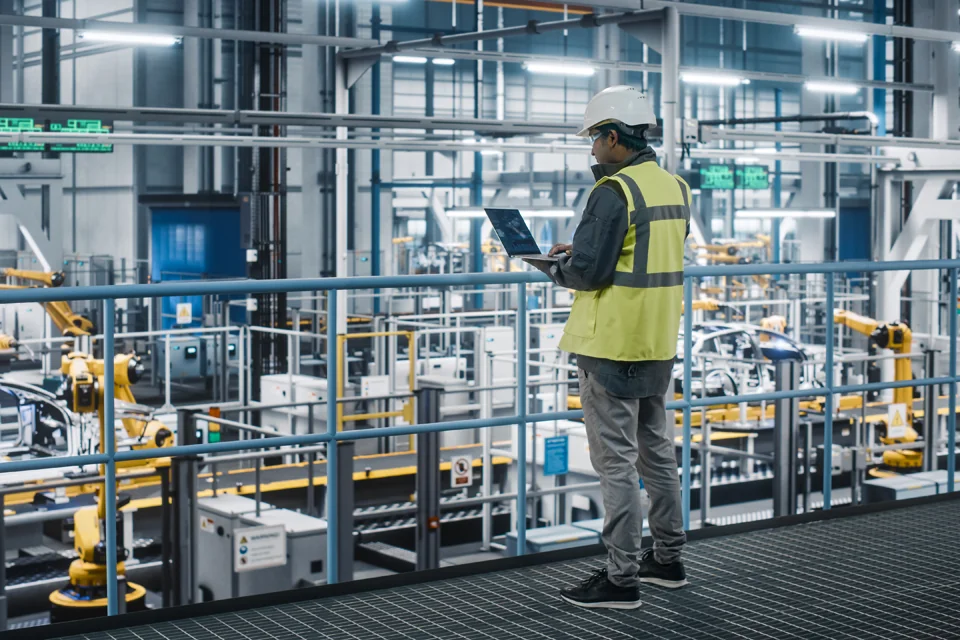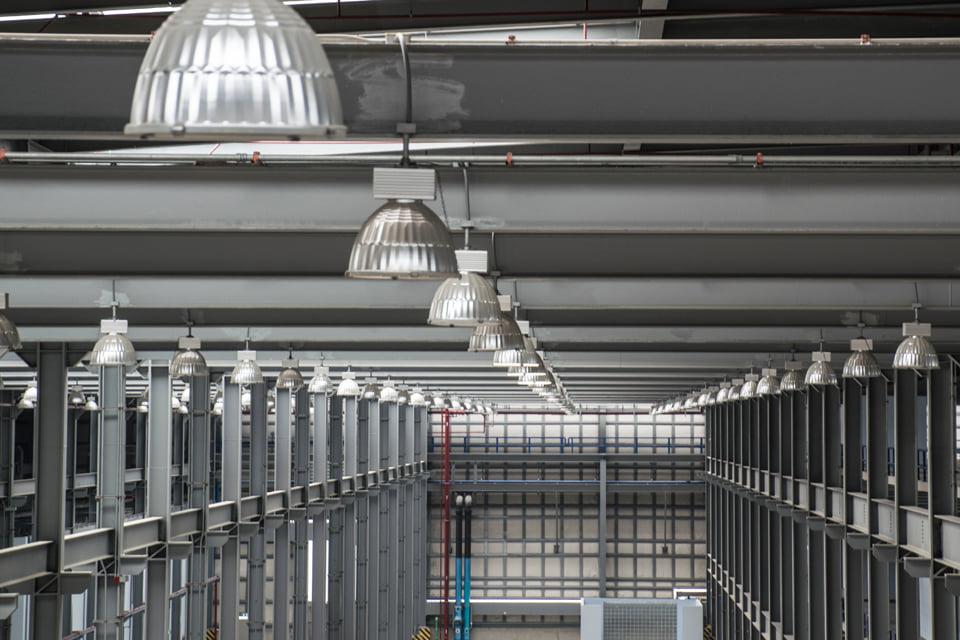Industrial LED lighting has become the preferred choice for meeting the intricate lighting needs of industrial facilities. These LED fixtures provide a range of benefits over conventional lighting sources, making them ideal for contemporary industrial environments. But what distinguishes LED lighting, and how can it be effectively utilized in your facility?
Enhancing Safety with Strategic Lighting in Industrial Settings
In industrial environments where various hazards exist, effective lighting is essential for risk reduction. Here are key approaches to using lighting to improve safety
Uniform Illumination: Maintain consistent light distribution throughout the facility to reduce glare and eliminate dark spots.
Customized Lighting Solutions: Adapt lighting to suit different work areas, adjusting intensity based on the specific tasks and surrounding conditions.
LED Flexibility: LED fixtures provide a range of mounting and beam angle options, enabling precise lighting setups to meet diverse needs.
Long-Term Advantages: Although LED lighting requires an upfront investment, its energy efficiency and longevity lead to significant savings and lower maintenance over time.
How Does This Differ From Residential Applications?
Purpose and Intensity: Industrial lighting focuses on ensuring safety, enhancing productivity, and accommodating specific tasks that often require higher intensity and more precise illumination than residential lighting. Residential lighting, meanwhile, aims to create a comfortable, aesthetically pleasing environment and may not need the same level of brightness or precision. This is especially true when somebody is trying to sell their home since presentation is highly important.
Durability and Reliability: Industrial environments often present harsh conditions such as vibrations, extreme temperatures, and exposure to dust or chemicals. Industrial lighting fixtures are built to withstand these conditions, with robust designs and materials. Residential lighting fixtures are generally designed for less demanding environments and prioritize design and cost over extreme durability.
Energy Efficiency and Operational Cost: Industrial facilities usually operate for longer hours, sometimes 24/7, making energy efficiency and operational costs critical considerations. Industrial LED lighting is designed to minimize energy use and maintenance needs over extended periods. In contrast, while residential lighting also benefits from energy efficiency, the scale and impact of these savings are usually smaller due to shorter operating hours and less intensive use.
Safety and Regulatory Standards: Industrial lighting often must meet specific safety and regulatory standards to protect workers and ensure consistent operation in potentially hazardous areas. This includes compliance with standards for explosion-proof fixtures, emergency lighting, and more. Residential lighting is subject to different, generally less stringent standards focused on basic safety and energy efficiency.
Design and Aesthetics: In industrial settings, the primary focus of lighting design is functionality and adherence to safety standards. In residential settings, aesthetics play a significant role, with lighting used to enhance the home’s decor and ambiance.
These differences highlight how industrial and residential lighting cater to the distinct needs of their respective environments, prioritizing different aspects of lighting technology and design.
Advantages of LED Lighting
LED lighting is renowned for its energy efficiency, extended lifespan, and adaptability, making it the top choice for industrial use. Here are the key reasons:
Energy Efficiency: LED lights can lower energy consumption by up to 75% compared to conventional bulbs, resulting in significant reductions in utility costs.
Extended Lifespan: With an average lifespan of 50,000 hours, LEDs require fewer replacements, which decreases maintenance expenses and minimizes operational interruptions.
Robust Durability: Constructed to endure challenging conditions, LED lights are resistant to temperature changes, humidity, and corrosive environments, ensuring reliable performance.



